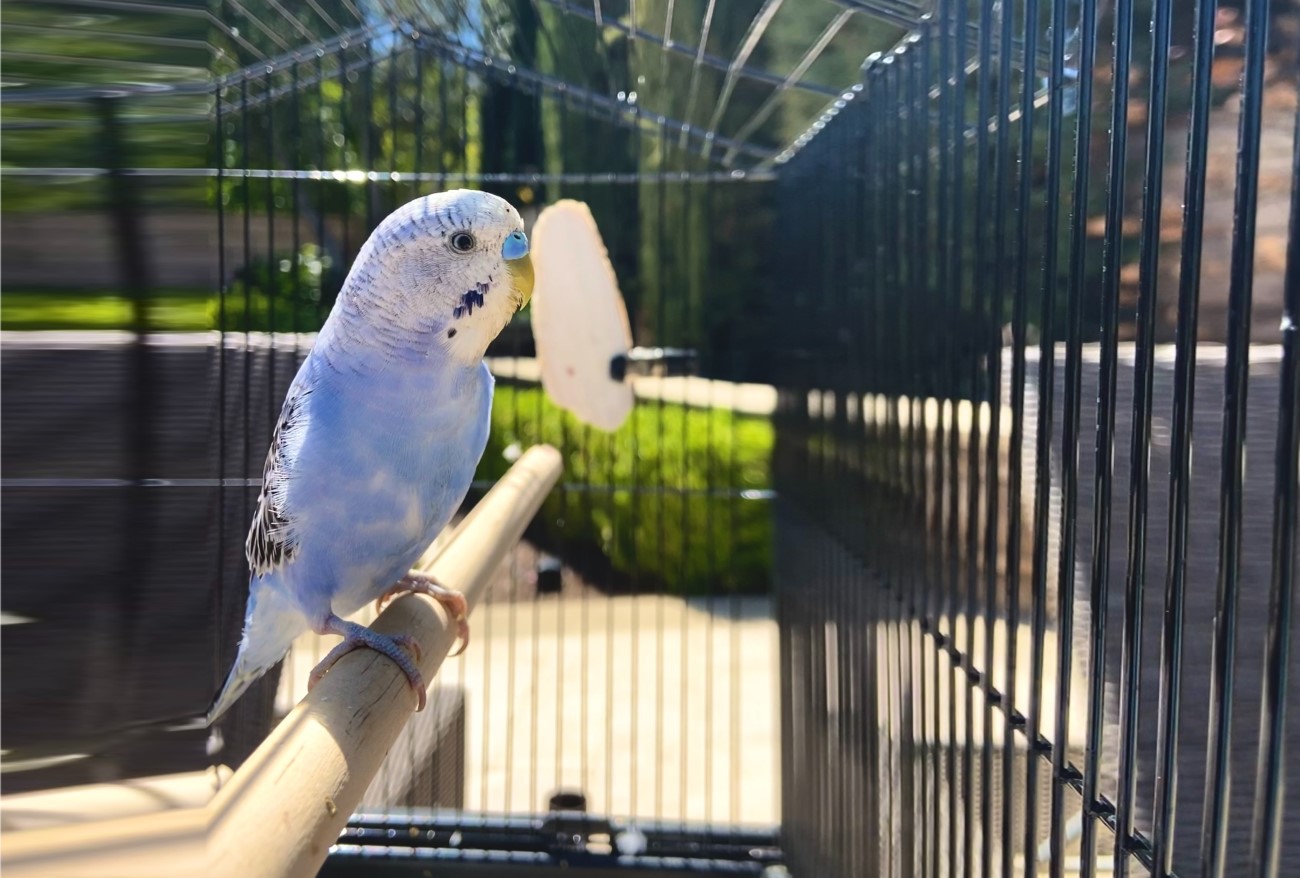JavaScript seems to be disabled in your browser. For the best experience on our site, be sure to turn on Javascript in your browser.
How to choose the light for your birdcage

Every bird has its pair of wings, feet, and an inquisitive mind. These need to be taken into account when fitting a practical lighting system.
There are so many advantages to providing proper lighting to pet birds. By stimulating your pet bird's cage with natural sunlight that is an avian light, for birds that are kept indoors, you would be providing environmental enrichment and helping your bird to see that its cage world be as it would be in nature.
Occasionally, during the daytime, many pet birds do not get proper or adequate lighting. This can significantly affect their behaviour and overall health, reproduction and hormones, feather vibrancy and structure, sleep cycles and moods etc. All these and more are all influenced by light cycles (photoperiods). Proper cage lighting is a crucial element that should be put into consideration when setting up your pet bird's cage.
Other Problems associated with insufficient light;
- Birds like the African Grey Parrots are likely to have low calcium levels (hypocalcemia) if they have inadequate vitamin D as a result of not having adequate exposure to full-spectrum lighting.
- Insufficient light can result in behaviour problems such as feather picking, biting, and screaming.
- Birds may not breed if there is inadequate light.
Solution
- Ensure you provide your pet with 10-12 hours of light
- During favourable temperatures (Late morning hours are often the best when it is not too hot, and insects are not as abundant), take your pet outside in its cage. Ensure that the cage doors are securely latched. Make the safety of your bird your priority by not leaving it outside unattended, and be sure the bird has access to shade.
- If your pet is unable to go outside, provide several hours of full-spectrum light. Regular fluorescent bulbs do not produce the proper spectrum of light, and some believe the magnetic ballasts produce flicker that is very irritating to birds who can easily detect it when humans cannot. Check out avian-lighting-parrot
- For birds that are breeding gradually increase day length from 10 hours daily to about 16 hours daily.
Importance of positioning your avian light well
Bird lamps should always be fitted above your pet parrot's head. Allowing the light source to shine into the side of the cage into the eyes is an unnatural form of lighting. It would increase the risk of glare-related discomfort and damage.
This can be even more problematic with lamps that produce UV because this can cause scarring on the eye and chronic injury.
Ensure Cages are kept far away from direct sun exposure through the window. Birds like to look outside but, as we said earlier, UV does not normally pass through the s, unlike infra-red light.
Positioning your pet's cage too close to the window could result in heatstroke, which is likely to prove fatal.
Replacing Lamps
Your quality specialist bird lamps are required to be changed every year because the phosphors that produce the balance of UV wear out before the phosphors that produce visible light. This would happen slowly and over time.
Your bird lamp could still be bright after this time, but its UV component will have been significantly reduced, usually by 30% of the lamp’s original output.
Exposure to natural sunlight
This is ideal. However, it encompasses taking your bird outside and this may not always be a convenient option. If you decide to simply place your bird by a window, it will not work since light filtered through glass loses the necessary wavelengths. The best is to bring the outdoors in! You can do this by ordering some of our cage lighting that emits simulated natural sunlight conditions, including ultraviolet rays.
Avian-lighting-parrot, adequate-lighting










